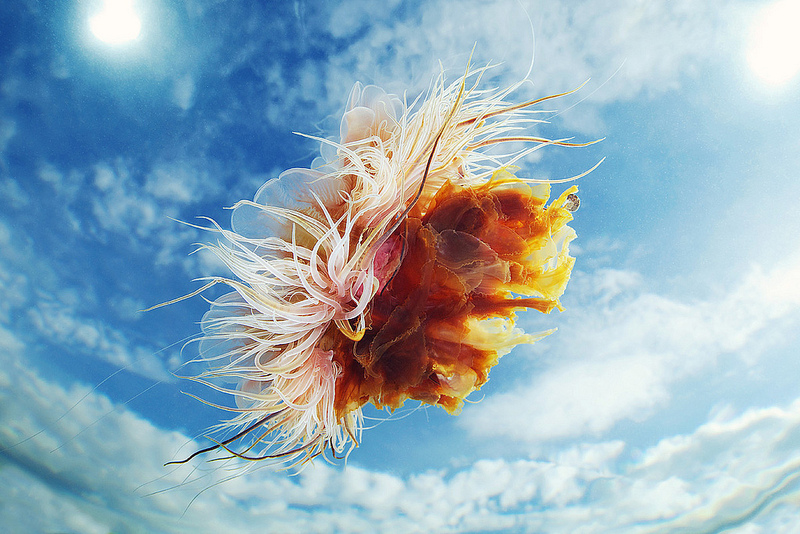It’s not the first time that we’ve posted about the Alexander Semenov. The marine biologist works at the White Sea Biological Station (WSBS) in northwest Russia and photographs the most wonderful undersea animals as part of his job. After four years at WSBS, Semenov is now the chief dive master and a camera is always on hand when he journeys into the depths of the White Sea.
When I first began to experiment with sea life photography I tried shooting small invertebrates for fun with my own old camera and without any professional lights or lenses. I collected the invertebrates underwater and then I shot them in the lab. After two or three months of failure after failure, I ended up with a few good pictures, which inspired me to buy a semi-professional camera complete with underwater housing and strobes. I’ve spent the following field season trying to shoot the same creatures, but this time in their environment. It was much more difficult, and I spent another two months without any significant results. But when you’re working at something every day, you inevitably get a lot of experience. Now after four years of practice I get a few good shots almost every time I dive.
There are over 1500 known species of jellyfish in the world and Semenov has photographed quite a few, especially the Cyanea genus of stinging jellyfish. After the jump you will find some of the striking deep sea jellies that Semenov has encountered, more specifically photos of Cyanea capillata, the lion’s mane jellyfish.







